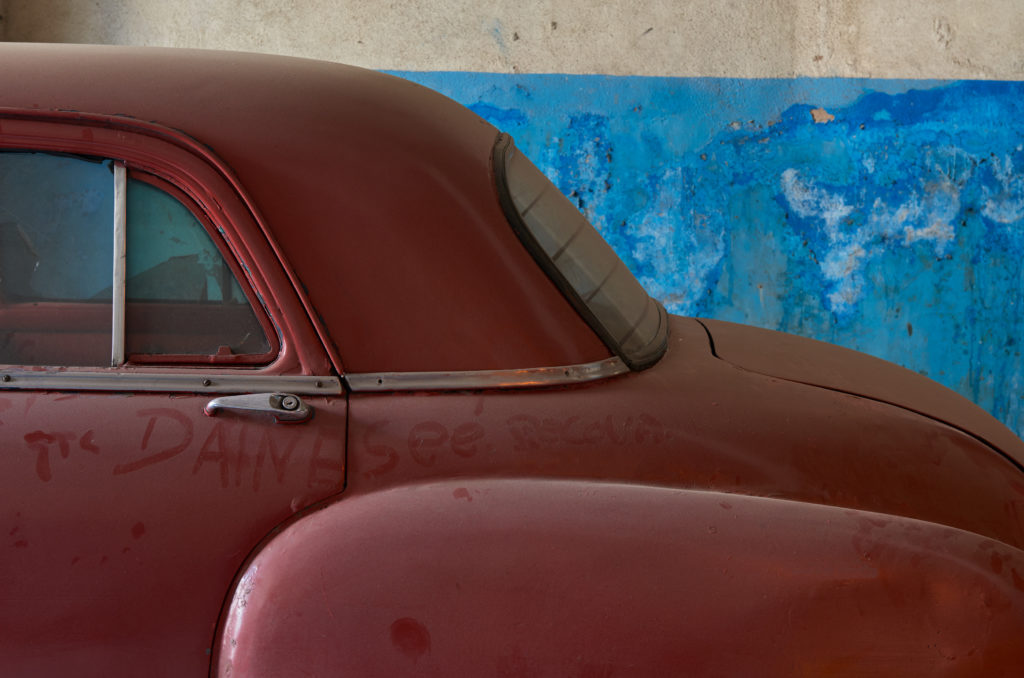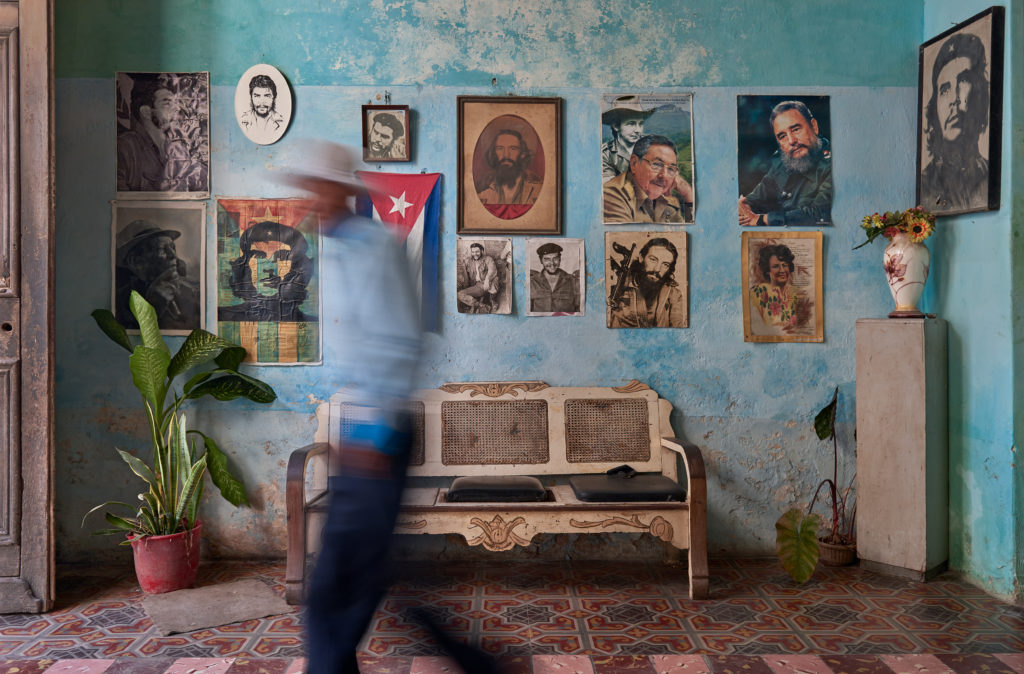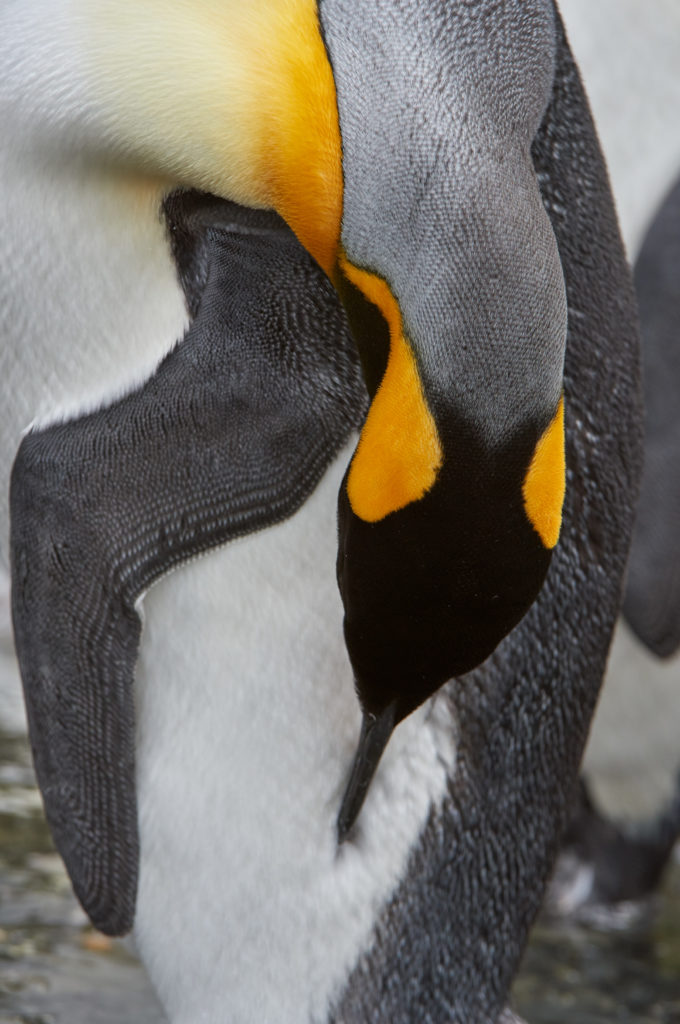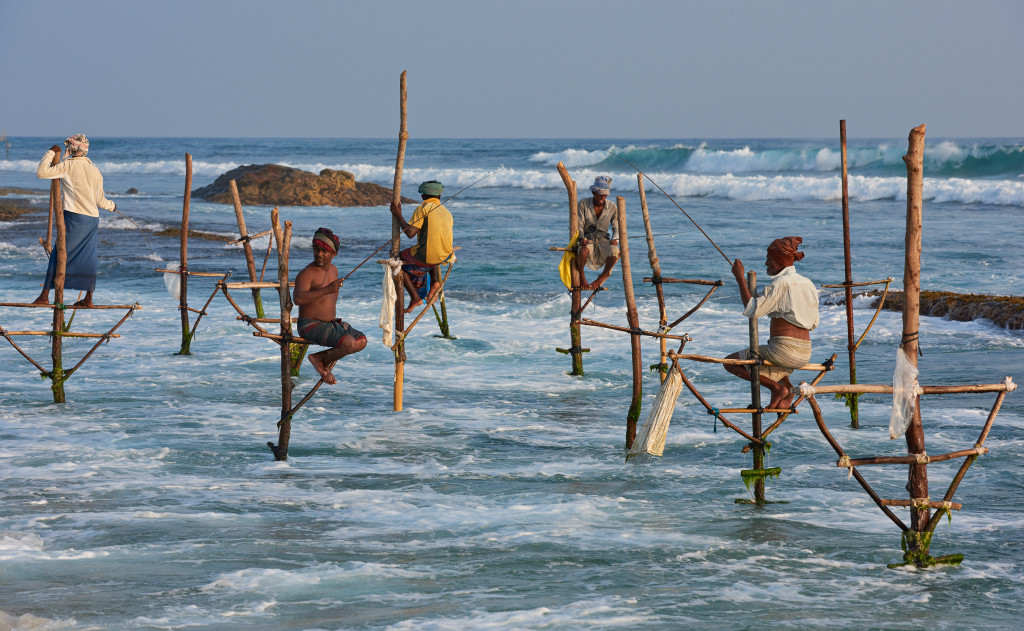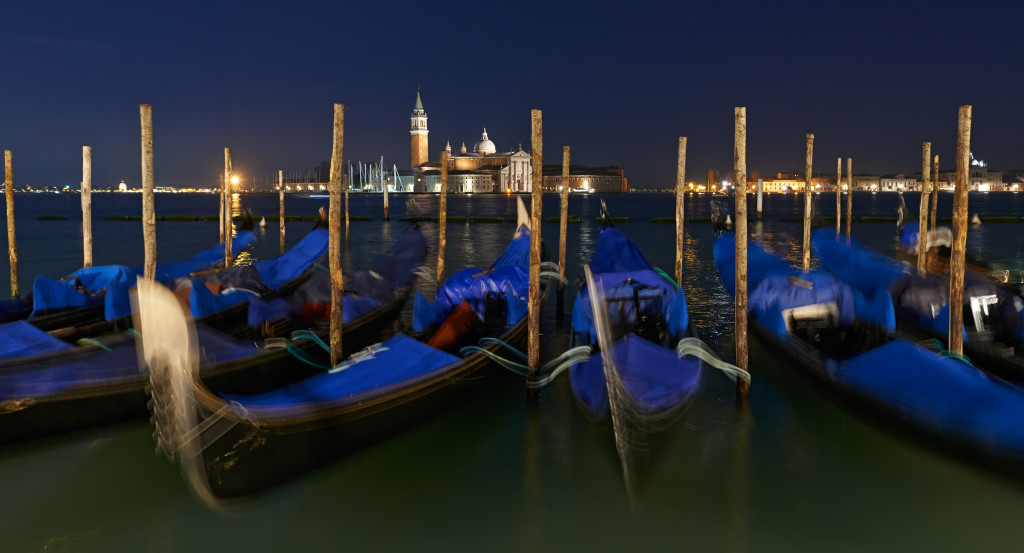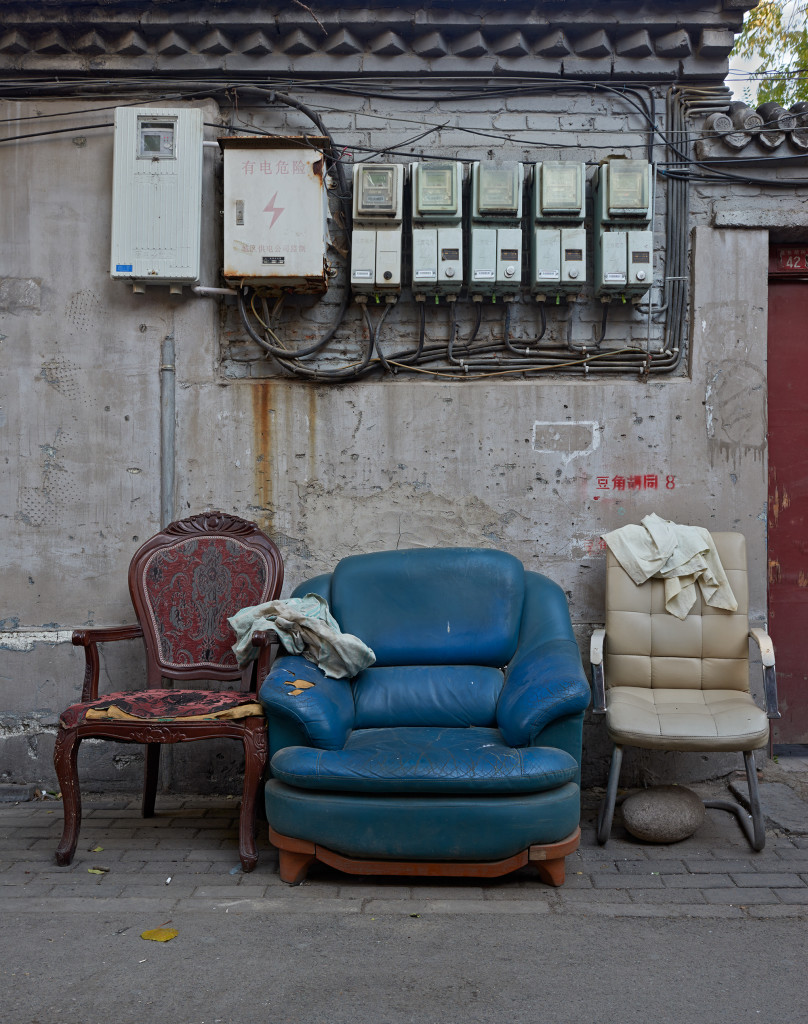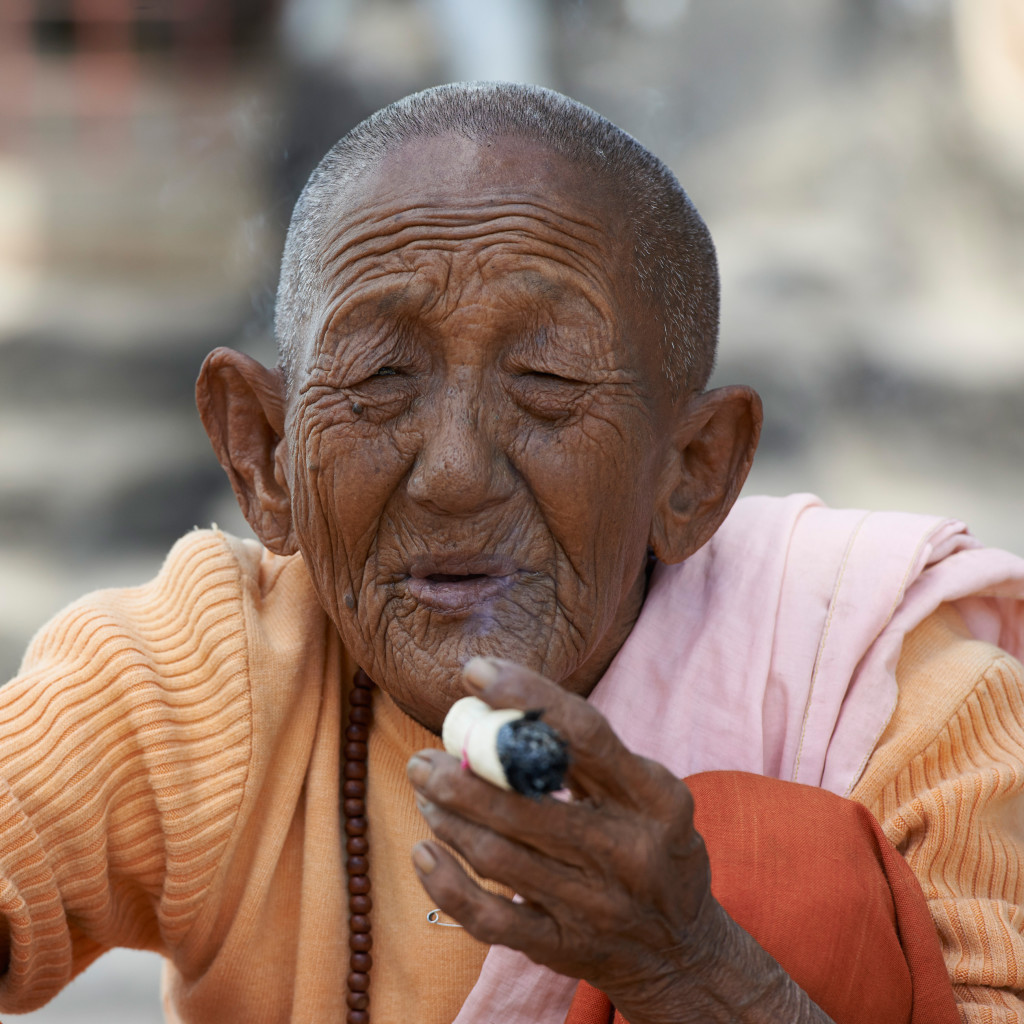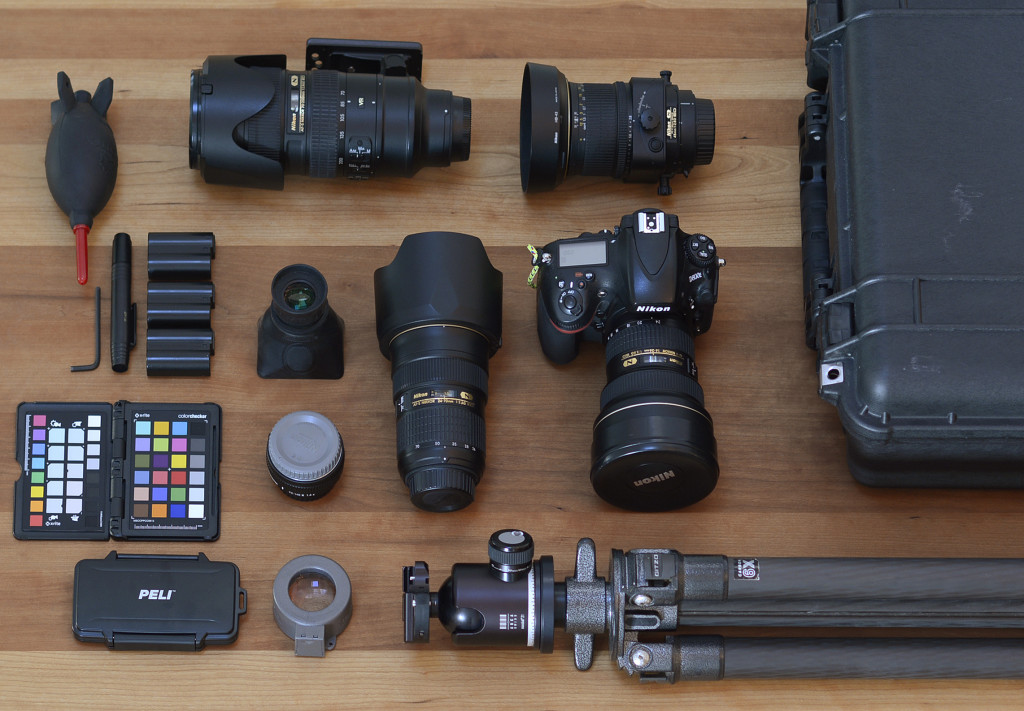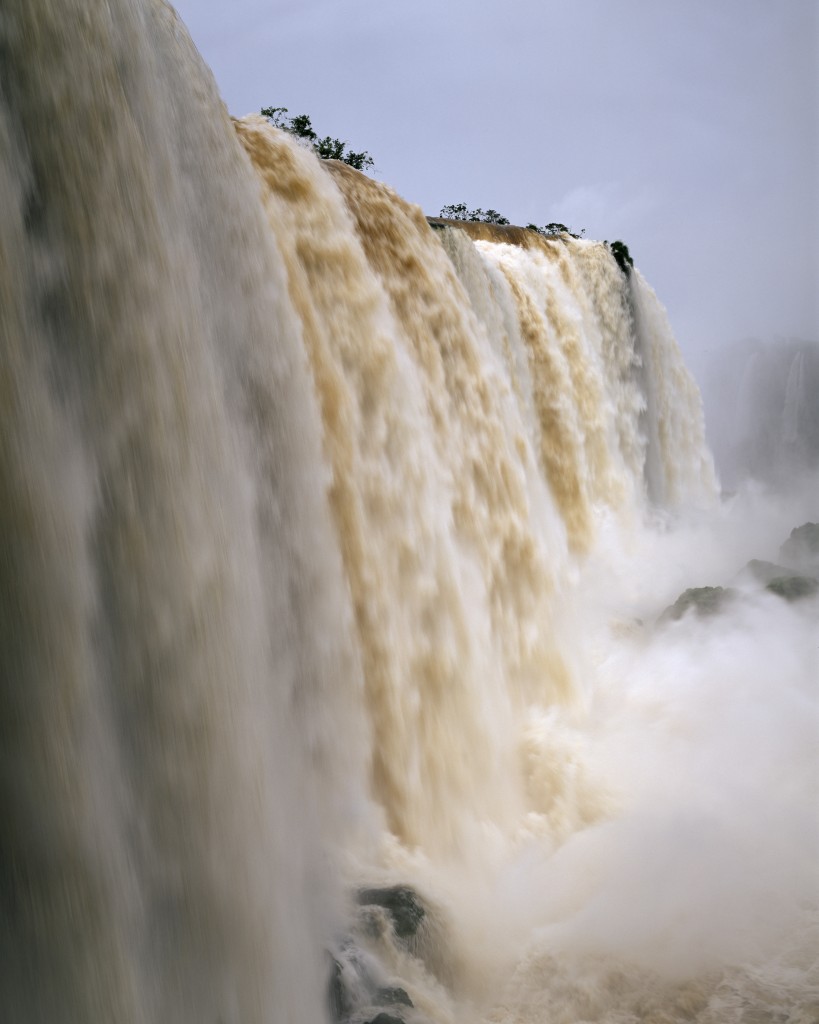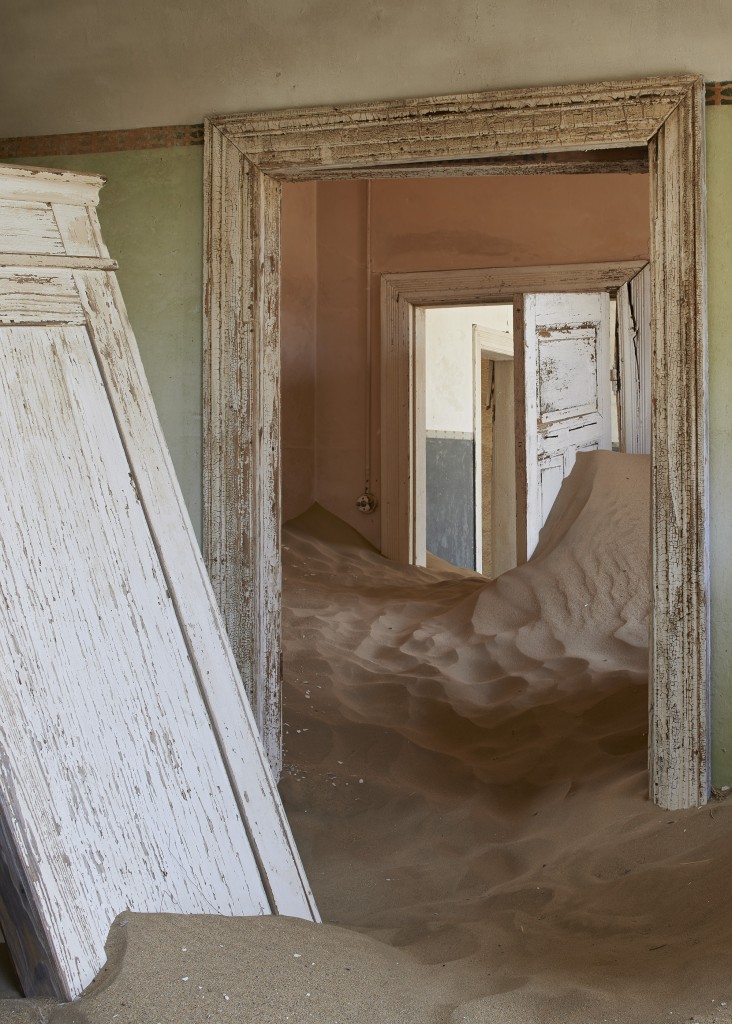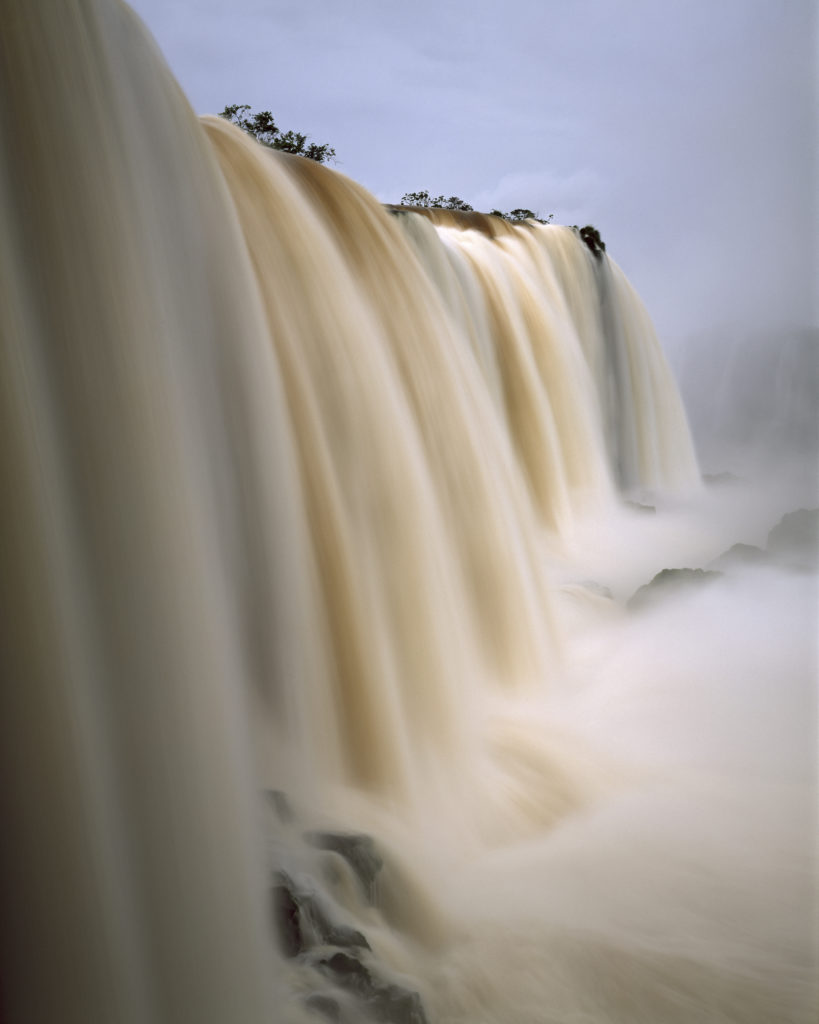
Iquacu falls. Fuji Velvia 50, f/32, 2 seconds. No ND filter needed.
Neutral density (ND) filters reduce the amount of light that enters the lens. ND filters are often used to achieve motion-blur effects with slow shutter speeds, blurring water or cloud motion, reducing depth of field in very bright light (when 1/4000 or 1/8000 of a second is not short enough for the large aperture), or to reduce the visibility of moving persons.
